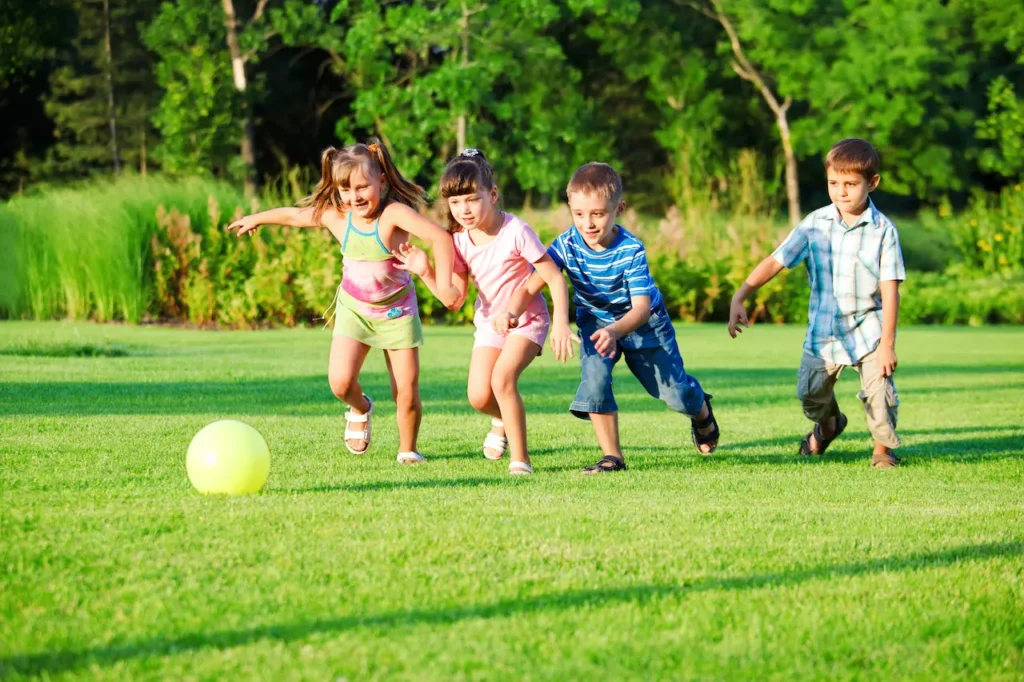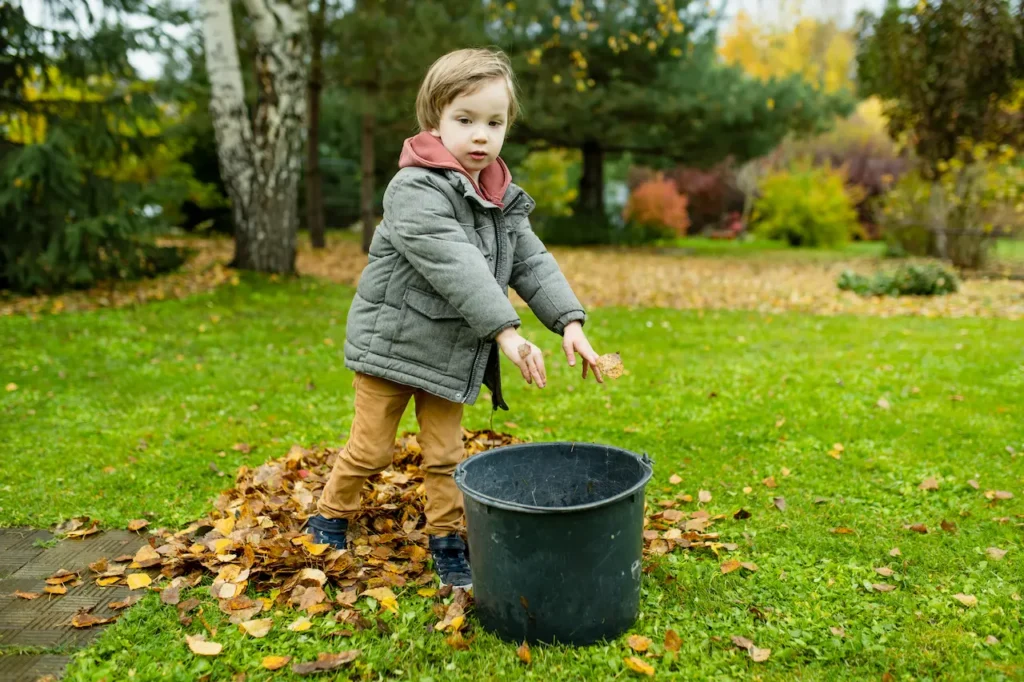1. You’re Afraid of Doing the Wrong Thing
You’ve probably found yourself terrified of making even the smallest mistake. You cut her Vegemite sandwich into triangles, not squares, and now you’re faced with a mini tantrum. You knew she preferred the red cup over the blue one, so why on earth did you pick the blue one? It’s as though every tiny detail is a potential catastrophe.

2. The Princess Fashionista
Gone are the days when your toddler didn’t care about what she wore. Now, she has an opinion on everything. Forget about practicality, your child may insist on wearing sparkly Ugg boots when it’s 30°C outside and refuse to change into something more weather-appropriate. She’s suddenly developed her sense of style, and it’s not always the most convenient for you. Brace yourself for a daily battle of wills over clothing choices!
You might also like: Care For Your Baby’s Teeth and Gums
How to Deal with Your Emotional Threenager
Watching your child grow and assert herself is an exciting milestone, but it’s not without its challenges. Many parents are taken by surprise when their sweet little toddlers morph into sassy, defiant 3-year-olds, as they enter that tricky in-between stage of toddlerhood and preschool. So, what’s behind this sudden shift in attitude?
The truth is, this “threenager” phase is a natural part of emotional development. Experts suggest that this stage is all about your child learning to assert their independence and express their emotions. So, how do you survive this phase and still maintain your sanity? Here’s a look at what experts have to say about the emotional development of three-year-olds and how to help them navigate their big feelings.
What is a Threenager?
In a nutshell, a teenager is a toddler who exhibits oppositional, defiant, and emotional behaviors similar to those seen in teenagers. According to the founder of Curious Neural, a science-backed parent consultancy, the term refers to the behaviors that 3-year-olds show as they begin to assert their independence and make decisions for themselves. It’s a way for toddlers to explore their autonomy, much like how teenagers push boundaries as they seek independence.
Why Are Threenagers So Emotional?
If your three-year-old seems to swing between extreme emotions, happiness one moment, frustration the next, it’s all part of their developmental journey. Between 18 and 24 months, toddlers begin to gain more independence. By age 3, they can express themselves verbally but still lack the cognitive ability to regulate their emotions fully.
According to Dr. Hovington, a pediatrician at Memorial Hermann in Texas, this lack of emotional regulation is tied to the development of the prefrontal cortex, the part of the brain responsible for reasoning, rational thinking, and delayed gratification. This area of the brain is still maturing, which is why your toddler may seem like a roller coaster of emotions at times.
How Long Does the Threenager Phase Last?
The good news is that the threenager phase doesn’t last forever. While it may feel like an eternity at the moment, most kids begin to develop better emotional control around age 4 or 5. By this time, they’ll start to master important skills like self-control, staying focused, and more.
However, it’s important not to “wait it out” in hopes that the behavior will just disappear. Dr. Hovington advises that staying calm and setting firm, consistent boundaries with sensitivity is key to helping your child through this stage.
How to Help Your Threenager Thrive
As challenging as this phase may be, it’s also an essential part of your child’s development. During this time, your child is starting to understand their body, mind, and emotions. They’re learning to manage their feelings, showing empathy for others, and becoming more social. Here’s how you can help guide them through this emotional journey:

Compassion and Boundaries
Your reaction to your child’s behavior will have a significant impact on their emotional growth. Research shows that children whose parents are overly harsh or inconsistent in discipline tend to display more defiant behaviors. On the other hand, parents who show warmth and sensitivity while maintaining firm boundaries help their children develop better emotional regulation skills.
Dr. Hovington emphasizes that emotional regulation starts with you. If you’re calm, patient, and consistent in your reactions, your child will be better able to learn these skills themselves. So, before reacting to a tantrum, take a moment to reflect on your own emotions and model calm behavior for your child.
Learning to Regulate Your Own Emotions
Emotion regulation is a skill that takes practice. As parents, we often have to pause and reflect on how we’re feeling before reacting to our child’s behavior. Keeping a journal can help you track moments when you didn’t react the way you wanted, allowing you to reflect on what led to those moments.
It’s also important to understand the “why” behind your child’s actions. Are they frustrated, tired, or overstimulated? Once you can identify the root of the behavior, it’s easier to respond with empathy and guide your child through the emotional experience.
Helping Your Child Express Their Emotions
One of the best ways to support your teenager is by helping them put words to their emotions. Teach them how to identify feelings beyond just “happy” or “sad.” For example, if your child is upset, talk to them about how their body might feel when they’re angry or frustrated. This helps them build emotional awareness and provides them with the vocabulary to express themselves more clearly.
You might also like: What Kids Need for Starting School
The Power of Play and Creativity
Playtime is an essential part of emotional development. Encouraging your child to play outdoors, engage in arts and crafts, or partake in imaginative games gives them the chance to explore and express their feelings healthily. Creative activities also help your child build problem-solving skills and boost their emotional resilience.
Create Opportunities for Social Interaction
Around the age of three, toddlers start to become more interested in socializing with other children. They may begin to understand the concept of sharing and taking turns, which can be a great way to teach them valuable social skills. Play games with your child that require cooperation and sharing, such as building a tower together or playing pretend games.
How to Cope with a Threenager’s Emotional Outbursts
Parenting a teenager isn’t easy, and there will be days when you feel like you’re about to lose it. Here are a few strategies to help you navigate the chaos:
1. Stay Calm and Don’t Lose Your Temper
It’s tempting to react with frustration, but yelling at your child will only escalate the situation. Take a deep breath and keep your cool. If you’re feeling too overwhelmed, ask your partner to step in and take over for a bit.
2. Communicate and Distract
When your child is throwing a tantrum, try to talk them through it or offer a distraction. Often, toddlers act out because they don’t have the words to express their emotions. Be patient and offer comfort and reassurance.
3. Consistency is Key
Make sure both you and your partner are on the same page when it comes to parenting. Children thrive on consistency, so if your child sees different rules or responses from each parent, it can confuse them and lead to more defiance.

4. Stand Firm with Boundaries
As tempting as it might be to give in to your threenager’s demands, standing firm is essential. If you allow tantrums to get them what they want, it will only reinforce the behavior. Set clear boundaries and stick to them.
5. Use Positive Reinforcement
Offer positive reinforcement when your child behaves well or follows instructions. Rewards like stickers or extra playtime can go a long way in encouraging good behavior.
Cherish the Moments
While the threenager phase can feel like a whirlwind, it’s important to remember that these moments are fleeting. In the blink of an eye, your child will transition into a teenager, and this stage will become a distant memory. So, try to enjoy the ride, even on the tough days. These little people are growing, changing, and asserting their independence, and that’s something to celebrate even when it drives you crazy.



